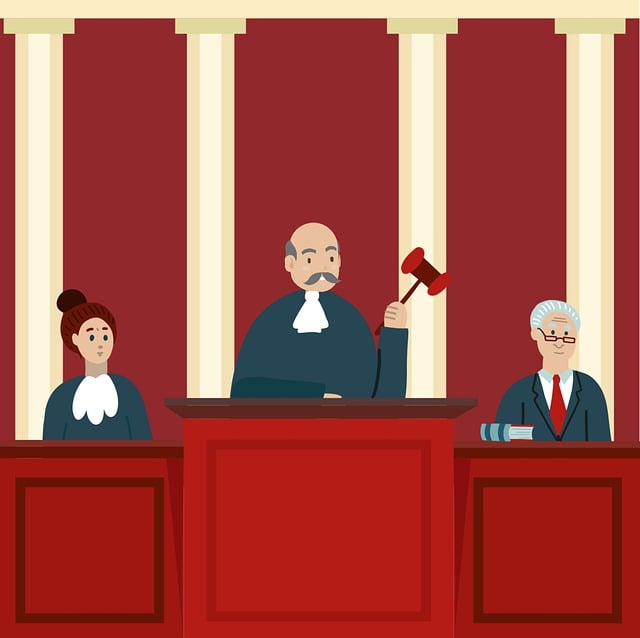The "Wrongful Death Statute of Limitations" is a legal framework that dictates the time frame for filing lawsuits related to personal injury or harm, including wrongful death, nursing home neglect, and truck accidents. This deadline varies by jurisdiction, measured from the date of death, and can be paused or restarted based on factors like plaintiff disabilities, fraudulent concealment, or evading service of process. Understanding these nuances is vital for individuals seeking justice, ensuring they meet crucial deadlines to secure procedural fairness and efficient resource allocation while evidence and witness memories are still intact.
The wrongdoings that lead to a wrongful death can cast long legal shadows, and understanding the statute of limitations is crucial for survivors. This vital timeframe, typically measured in years, dictates how long a victim’s family has to file a lawsuit after a fatal incident. However, the clock isn’t always a steady tick. Various factors, such as hidden injuries, continuous negligence, or the discovery rule, can suspend or halt its progress, complicating the already emotionally charged process of seeking justice. This article delves into these complexities, offering insights into the legal definitions and unique circumstances that impact the wrongful death statute of limitations.
- Legal Definitions and the Statute of Limitations
- – Understanding the concept of the statute of limitations
- – Explanation of its purpose and how it applies to wrongful death cases
Legal Definitions and the Statute of Limitations

The Statute of Limitations, a legal concept that sets deadlines for filing certain types of lawsuits, is governed by specific rules and definitions within each jurisdiction. In the context of personal injury cases, including wrongful death, nursing home neglect, and truck accident injuries, understanding these legal terms is paramount. The clock starts ticking from the moment the injury or harm occurs, but crucial factors can pause or restart it.
Legal definitions play a significant role in determining when the statute begins to run. For instance, in many jurisdictions, the wrongful death statute of limitations starts on the date of the decedent’s death or the discovery of the harm, whichever is later. This distinction is vital for victims’ families, as it provides a structured timeline within which to pursue legal action. Knowledge of these definitions empowers individuals and their loved ones to navigate the complexities of personal injury law, ensuring they don’t miss crucial deadlines in seeking justice for serious injuries or wrongful deaths.
– Understanding the concept of the statute of limitations

The statute of limitations is a legal concept that sets a deadline for filing certain types of claims or lawsuits. It’s a crucial defense mechanism designed to ensure cases are resolved within a reasonable period, promoting fairness and preventing the pursuit of justice after significant delays. In the context of wrongful death actions, this clock can be a critical factor. The wrongful death statute of limitations varies by jurisdiction but generally requires that a lawsuit be filed within a specified number of years from the date of the deceased’s death.
Understanding when this clock starts and what can pause or stop it is essential for individuals considering legal action. In real estate litigation, partnership disagreements, or cases involving serious injuries, external factors might suspend the statute of limitations. For instance, if a plaintiff is under legal disability, such as minority or mental incapacity, during the period leading up to the death, this can extend the time frame. Additionally, certain fraudulent concealment tactics or when the defendant actively evades service of process can also halt the ticking of the clock, ensuring that individuals have a fair chance to seek redress for their losses.
– Explanation of its purpose and how it applies to wrongful death cases

The Statute of Limitations is a legal principle designed to ensure cases are resolved within a reasonable timeframe. Its primary purpose is to prevent plaintiffs from bringing claims too late, potentially hindering defendants’ ability to defend themselves fairly due to lost evidence or memories. In the context of wrongful death cases, this statute plays a crucial role, as it sets a deadline for relatives and loved ones to file a lawsuit after a fatality occurs.
Wrongful death statutes of limitations vary by jurisdiction but generally require that legal action be initiated within a specific number of years following the deceased’s passing. This timeline is not only essential for procedural fairness but also guarantees that resources are allocated efficiently. For instance, in cases involving nursing home abuse or negligence leading to a resident’s death, timely legal representation can help ensure that justice is served while relevant evidence and witness testimonies are still accessible.
The wrongful death statute of limitations is a crucial legal mechanism that prevents claims from remaining unresolved indefinitely. It serves as a balance between compensating victims and ensuring that defendants are not subject to indefinite liability. Various factors, such as the type of case and jurisdiction, can pause or halt this clock, allowing affected individuals or their families to pursue justice within specific timeframes. Understanding these legal definitions and applications is essential for navigating wrongful death claims effectively.






